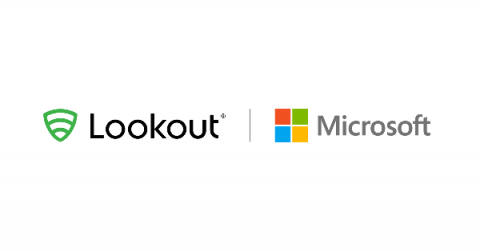CIS Control 2: Inventory and Control of Software Assets
Today, I will be going over CIS Control 2 from version 8 of the top 18 CIS Controls – Inventory and Control of Software Assets. Version 7 of CIS Controls had 10 requirements, but in version 8, it’s simplified down to seven safeguards. I will go over those safeguards and offer my thoughts on what I’ve found.










